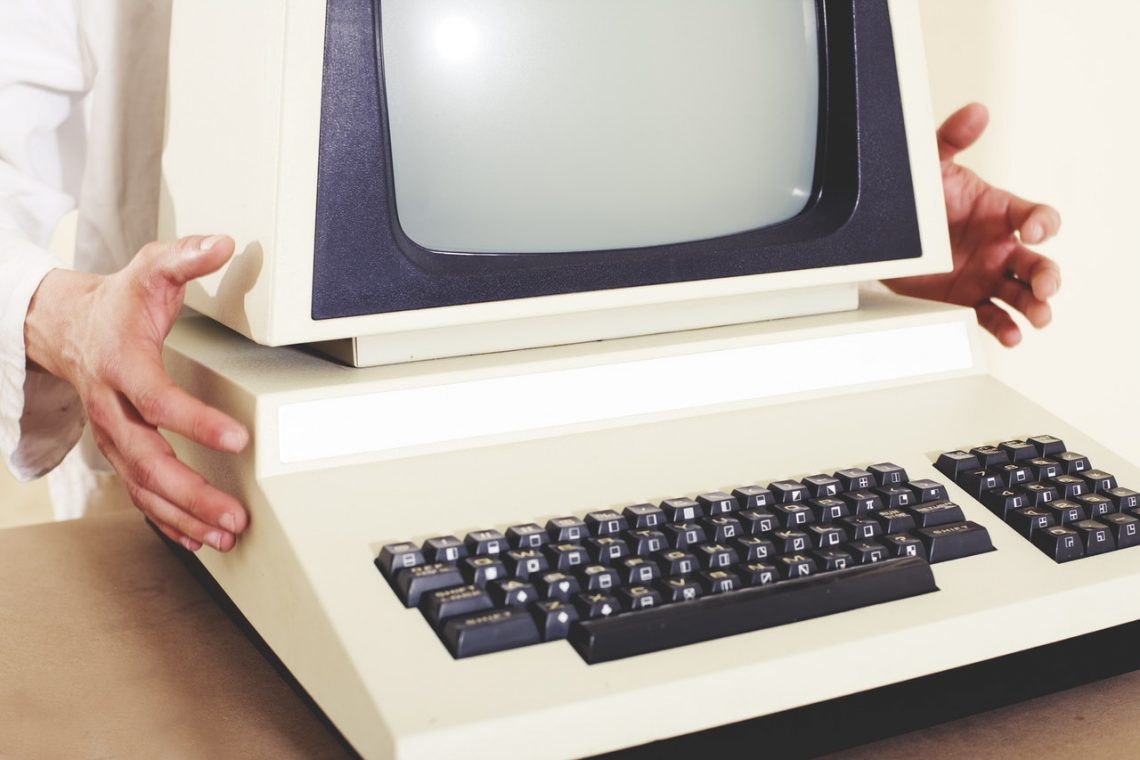Top 4 Laptops in 2018 for Interior Designers
The personal computer specification demand of an interior designer is rather different from the one of a normal computer user. In fact, interior designers want an entirely superior computer which ought to be strong enough to execute multi-tasks simultaneously. And it’s a challenge to select the perfect one.
If you’re an interior designer, you may want to pick a notebook that’s acceptable for your specialist needs. This might be somewhat different from the computers used by students or other designers. In reality, an interior designer may require a notebook that’s technologically superior, to tackle multitasking, and high end residential interior design.
Interior designers need to produce and enhance architectural designs for rooms and buildings. They must make it look spacious in addition to beautiful. But by choosing the proper notebook, they could make their job easier. To conduct the appropriate computer applications, they require the ideal type of laptops. The choices on the marketplace are infinite, so have a look at these top four choices for interior designers.
A Multimedia Powerhouse for Interior Decorators
Dell XPS9560-7001SLV-PUS
The measurements of the Dell workstation are 9.3 x 14.1 x 0.7 inches, and it weighs 3.9 lbs, which can be very lightweight. It gives a battery life of about 6 hours. The display is 15.6 inches of 4K screen with a resolution of 3840 x 2160 pixels. It’s touch-enabled, with Infinity border screen for a borderless encounter.
It’s powered with the 7th generation Intel Core i7-7700HQ, a quad-core chipset using 6M cache, clocking at a maximum rate of 3.8 GHz. The RAM is 16GB DDR4 using 24000 MHz, with added memory as much as 32 GB available individually. This is coupled with the NVIDIA GeForce GTX 1050 dedicated graphics card of 4GB RAM size.
As for connectivity, the Dell workstation has you completely coated, with a single HDMI interface; one port for headset; a USB C jack Thunderbolt 3; 1 SD card reader; two USB 3.0 interfaces.
The operation of the workstation is excellent as a result of a blend of the chip and the graphics card. The 4K Touchscreen can be clear and crisp. The SSD has enough capacity and the construct is superior, directly from the chassis into the touchpad into the speakers. The display is clear and sharp and appropriate for web design and interior decorators. The graphics and hardware card is strong enough to handle the majority of the potential user jobs. Even though it isn’t a dedicated gaming notebook, it can manage the majority of those AAA games in medium settings, together with the 4K screen making matters far better.
Strong Performance and Impressive Battery Life for Interior Designers
HP Pavilion Power GTX 1050
The measurements are 14.9 x 9.9 x 0.9 inches and the weight is 5 lbs. It’s a 15.6 inches IPS WLED, backlit, touchscreen with a resolution of 1920 x 1080, which is acceptable for interior designers. The HP Pavilion Power GTX 1050 is powered with the 7th generation Intel Core i5-7300HQ chipset clocking at a rate of 2.5 GHz, which is ramped to 3.5 GHz. It’s a RAM of 12 GB DDR4 and can be capable of powerful multitasking maintaining several tabs available concurrently. It’s combined with the NVIDIA GeForce GTX 1050 graphics card with dedicated 4GB VRAM. The hard drive capacity is 1TB with a rate of 5400 rpm.
In terms of connectivity, the HP Pavilion Power GTX 1050 comes with various interfaces: 3 USB 3.0 jack; one USB Form C interface; One HDMI interface; a card reader ( 3 in 1); a single ion; a single power interface; a single headphone jack. It’s supported with the Windows 10 OS.
The computer keyboard is an island-style one and can be comfortable for typing. The touchpad can be extra-long and contains a great deal of space for navigation. The battery also lasts an average of 10 hours. The workbook includes several HP programs, such as the HP Recovery Manager which is beneficial throughout a program crash. Additionally, there’s the HP Support Assistant for upgrades and repair issues. Another helpful program is that the Orbit, employed for pairing the laptop with your smartphone for easy transfer of information.
Full-size Notebook for Interior Designers on a Budget
CUK ASUS VivoBook S510
This really is a 15.6 inches display weighing about 3.7 lbs, using a matte IPS technology display and backlit keyboard. The display is a non-touch one using a resolution of 1920 x 1080 pixels, very suited to Interior Designing tasks. The measurements are 14.25 x 9.52 x 0.70 inches (wdh).
It’s powered by the Intel Kaby Lake, centre i7-8500U, a quad-core chip with 8 MB cache clocking at a rate of 1.8 GHz, which is improved to 4.0 GHz. It’s united with a RAM of 16GB DDR4, 2400 MHz along with a hard drive of 500GB SSD using 1TB 5400 rpm storage. The graphics card is NVIDIA GeForce MX150 two GB.
So far as connectivity is concerned, there are two USB 3.0 interfaces; 1 USB 2.0 interface; 1 USB 3.1 interface; one HDMI interface; a single combo jack for mic and earphones; a single SD card reader. It’s supported with the Windows 10 OS. It features a 42 Wh battery, which lasts approximately 3 hours. Additionally, it contains a compact battery charger which will charge 60% capacity in 50 minutes, being a reimbursement for your little battery lifetime.
Among the Greatest Laptops For Brands With Retina Screen
Apple MacBook Pro MLW72LL/A
Apple never stays behind any other digital device in almost any area. Due to its hardware in addition to software, in reality, that the Apple MacBook Pro is superior for all. This system includes two variations, one is of shorter dimensions with 256GB capability while the other one is a little larger with 512 GB of ability. The unit is powered by 2.6GHZ quad-core Intel Core i7 chip (Turbo Boost up to 3.5GHz) along with also the 16GB LPDDR3 RAM works swimmingly using its IOS operating system. The excellence of Intel HD images 530 and Retina screen is beyond praise.


